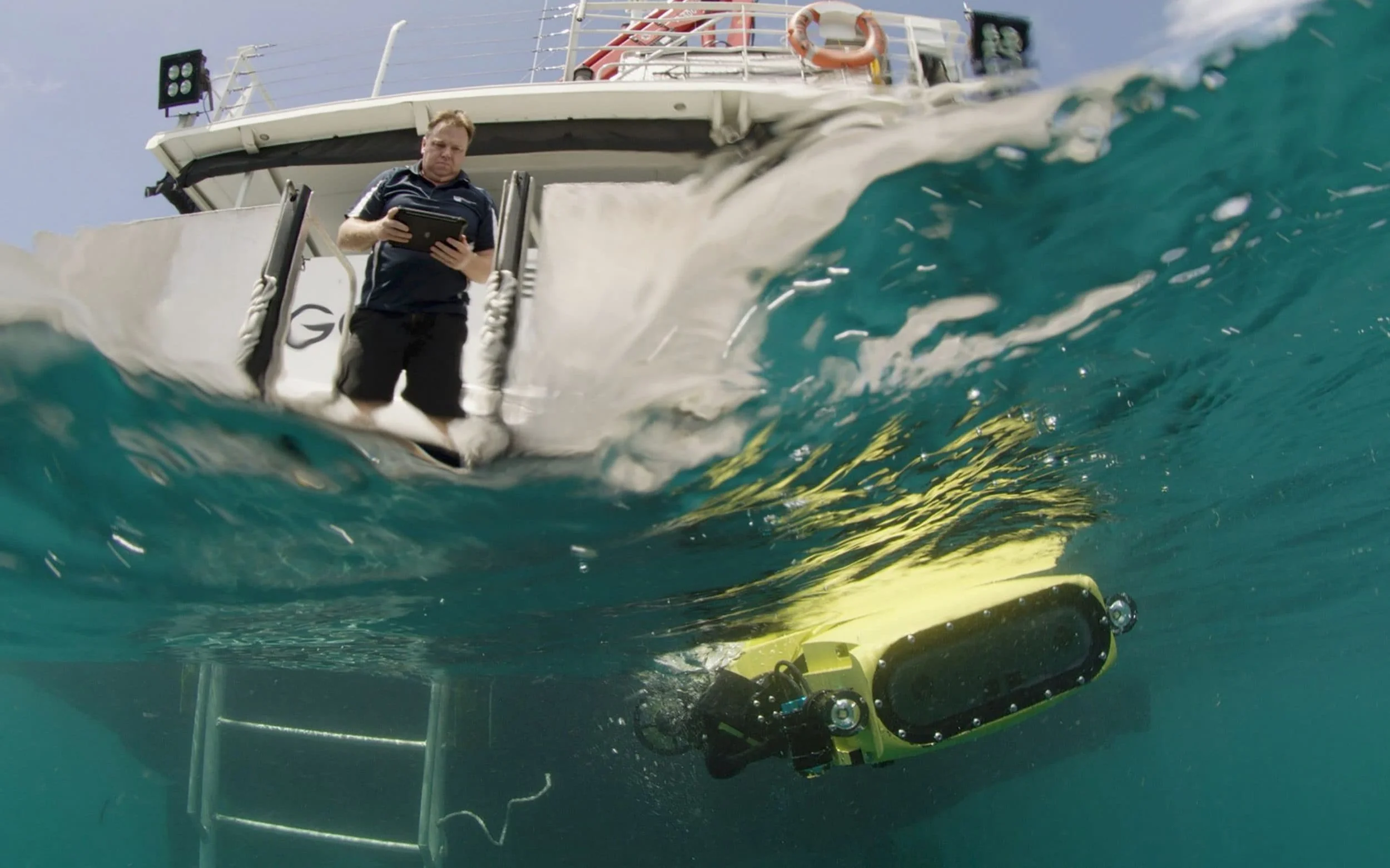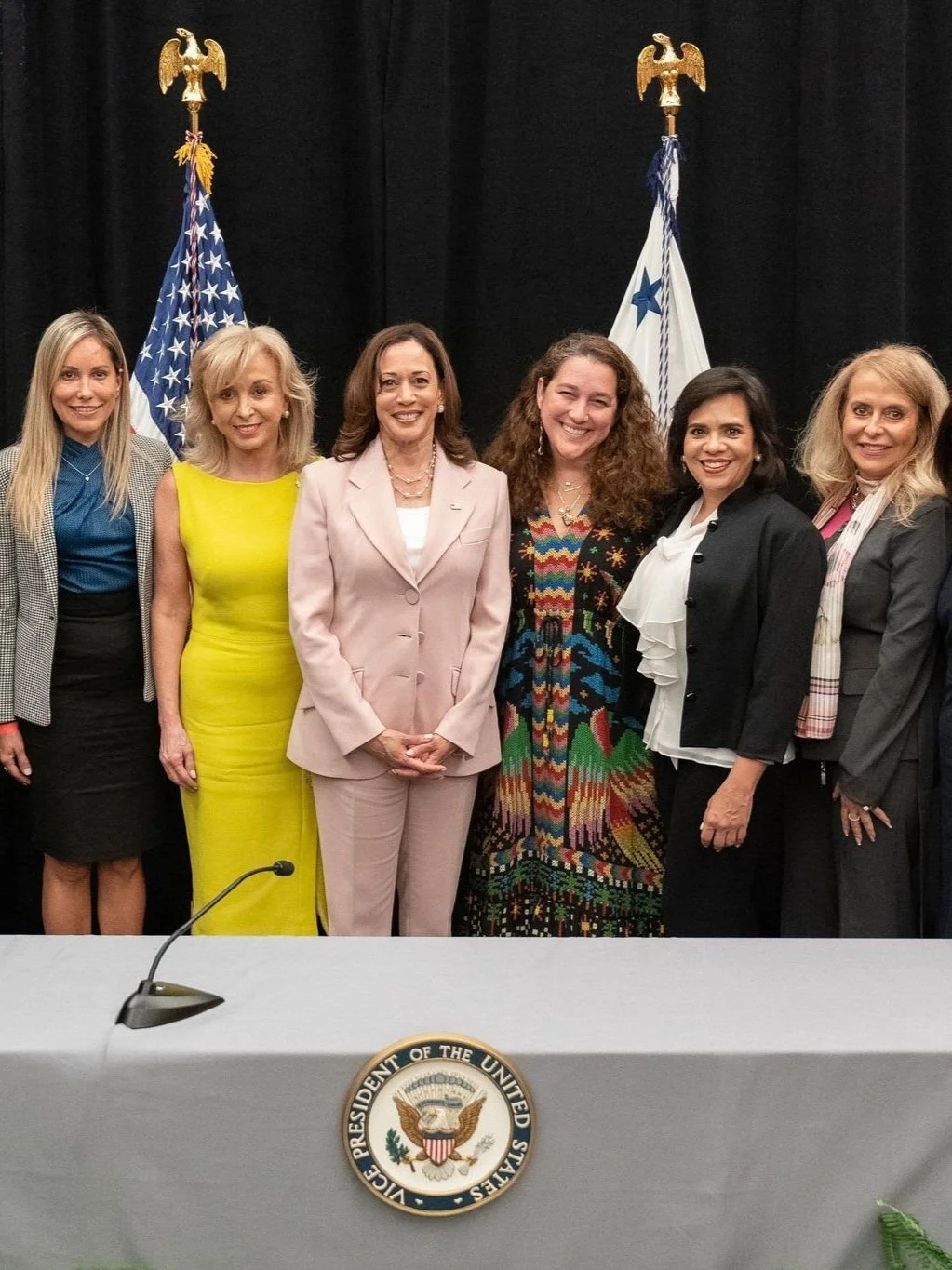Professor Matthew Dunbabin with the LarvalBot [Photo: courtesy QUT].
Recent research on the impact of climate change on the world’s coral reefs has prompted an immediate response from scientists. And following their success at the 2018 Out of the Blue Box Reef Innovation Challenge last October, two Australian professors have received funding to upscale their efforts to use underwater robot technology to save the delicate eco-systems.
The award-winning innovation, conceived by Southern Cross University’s Professor Peter Harrison and Queensland University of Technology‘s Professor Matthew Dunbabin, marks the first time in history that technology and science have been able to intervene with the reproductive cycle of coral reefs, which despite occupying less than 1% of the world’s ocean floor are home to 25% of all marine life. Dubbed LarvalBot, the new device gently delivers 100,000 microscopic coral larvae onto damaged reef areas in a process known as “larval restoration”, a technique that scientists have likened to “IVF for coral”. According to Harrison, the robot “uses an automated technique that allows for targeted delivery of larvae to damaged reef systems, to increase the efficiency that new coral communities can be generated”.
Thanks to the award, Harrison and Dunbabin have secured $225,000 to bring their idea to life, and having trialed the new technology on reefs in the Philippines, where the evidence gathered shows it has been an overwhelming success in terms of new coral life, the pair are now looking to expand the scope of their work. Starting with a targeted effort to restore coral to Australia’s Great Barrier Reef, which the Australian Institute of Marine Science has estimated has experienced a gradual loss of 51% over a period of 27 years, it is the sheer size of the reef that poses one of the greatest obstacles to the team. Covering an area the size of Italy, it is predicted that if the current rate of loss continues, the Great Barrier Reef will be extinct by 2046.
Known as the rainforests of our oceans, coral reefs are among the greatest natural wonders of the world, and from brightly colored clownfish to sea horses and Dumbo octopuses, the shallow waters attract some the world’s most exquisite and rare creatures. Carmen herself has said that she is “in awe of the spectacular beauty of coral reefs and their eco-system of connected life,” and sadly acknowledges that in her lifetime she has witnessed their degradation around the world.
A healthy portion of the Great Barrier Reef (left), compared to a bleached portion (right) / Photos: Gary Bell / Oceanwideimages.com (L) / Greenpeace / Roger Grace (R).
The beauty of the world’s coral reefs is matched by their fragility. The reproductive cycle of coral is extremely sensitive to the conditions of the moon, tides and sea temperatures. Once a year, billions of eggs surface the water for fertilization and new coral larvae begin to restock the reefs. But a temperature rise of only 2-3 degrees disrupts this cycle and prevents the coral from successfully spawning. Forcing it to expel the algae (zooxanthellae) living in its tissues, the coral turns completely white in a process known as bleaching, and we have already experienced two detrimental coral bleaching events, firstly during the heatwave of 2014 and then again in 2017. As a result, the reefs of the Caribbean in the northern hemisphere and the waters of the South Pacific have been irreversibly damaged, and while Harrison recognizes that his research is no “instant fix”, he is adamant that we have to try and keep as much coral alive until we deal with the problem of climate change.
If reefs do continue to die there is also a direct human cost, as the complex structure of coral dissipates powerful waves that would otherwise be detrimental to human costal populations. The annual expected damage from flooding would likely double, and costs from frequent storms would triple. Indeed, countries such Indonesia, the Philippines and Malaysia are now more reliant than ever on the reefs’ ability to provide a natural defence.
In the short term at least, these two Australian scientists may have found a solution that could help turn the tide against losing our coral for good. And Anna Marsden, managing director of the Great Barrier Reef Foundation, provides an optimistic outlook, commenting that “there are things that can be done in the near term to build resilience”.


![Professor Matthew Dunbabin with the LarvalBot [Photo: courtesy QUT].](https://images.squarespace-cdn.com/content/v1/584738ff20099e6c2da92f74/1564647344811-9OR85D9EPEWYZDYITS8J/Reef+saving+technology)










